The Amish community, known for its traditional farming methods and deeply rooted connection to the land, has long been admired for its cultivation of vegetables. However, new research is challenging many of the beliefs we hold about these seemingly simple crops. From unexpected origins to unique characteristics, these vegetables have stories that defy expectations. Let’s explore these 13 intriguing Amish vegetables, each with its own surprising revelation.
Amish Deer Tongue Lettuce
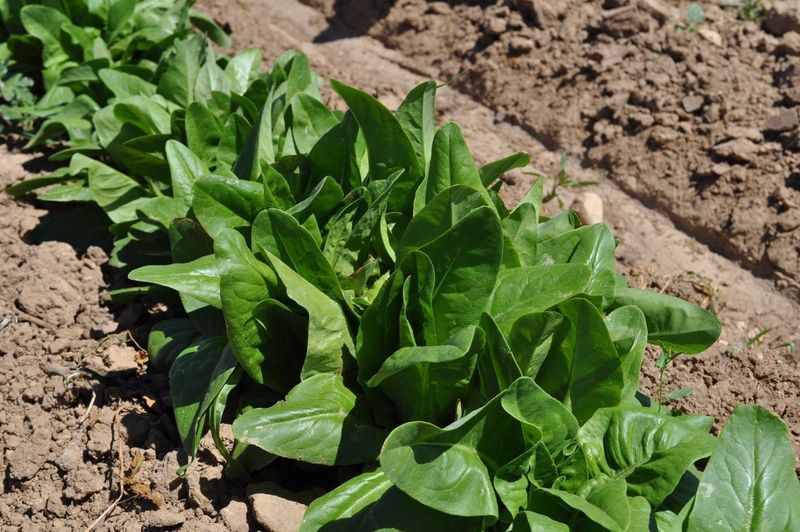
Known for its pointed, tongue-shaped leaves, Amish Deer Tongue Lettuce has long been a favorite in Amish gardens. But did you know it’s not actually native to Amish country? This variety originated in Europe and was brought over by early settlers. Today, its delicate flavor makes it a staple in salads.
Despite its heritage, the lettuce has adapted well to Amish soil, thriving in the cool, temperate climate. Its crisp texture and slightly nutty taste surprise those expecting a more mundane green. This lettuce embodies the blend of tradition and adaptation, a hallmark of Amish farming.
Hinkelhatz Pepper

With a name that translates to “chicken heart,” the Hinkelhatz Pepper is as unique as its moniker. This pepper has been grown by the Pennsylvania Dutch for generations. Its small size and fiery heat make it perfect for pickling.
Unlike other peppers, Hinkelhatz offers a surprising sweetness beneath its heat, a duality cherished by spicy food lovers. Its resilience and adaptability in various climates reflect the hardworking nature of Amish farmers. New research highlights its potential health benefits, adding a new layer of appreciation for this fiery little pepper.
Amish Snap Peas

Snap peas are a joyful addition to any meal, and Amish Snap Peas bring a special twist. They are known for their sweetness and crispness, often enjoyed fresh off the vine. But what makes them special?
The secret lies in their cultivation. Amish farmers employ age-old techniques that enhance the peas’ natural flavors and nutritional content. Their dedication to organic farming ensures a product free from chemicals and bursting with taste. Discovering these snap peas is like tasting a piece of Amish history, cultivated with care and tradition.
Salsify
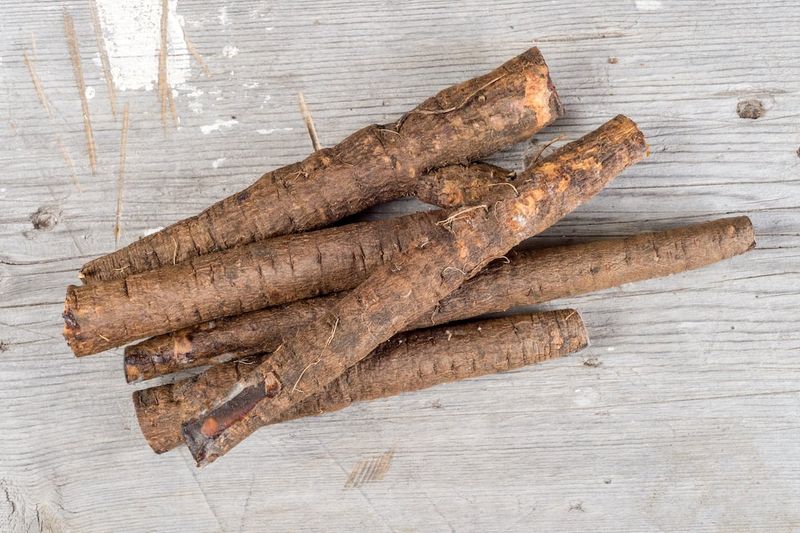
Salsify, often referred to as “oyster plant” due to its subtle oceanic flavor, is a lesser-known gem in Amish gardens. Its roots are used in soups and stews, adding a distinctive taste.
What surprises many is its resilience. Salsify thrives in poor soil where other plants fail, thanks to its deep roots. This tenacity mirrors the Amish spirit of perseverance. A quirky historical note: it was once a staple in European cuisine before falling into obscurity. Now, it’s making a comeback, appreciated for its unique flavor and versatility.
Amish Moon and Stars Watermelon

The Moon and Stars Watermelon, with its distinct speckled rind resembling celestial bodies, is a visual treat. This heirloom variety was revived by Amish gardeners after nearly disappearing.
Its story is one of rediscovery and preservation. The sweet, juicy flesh of the fruit captivates those lucky enough to taste it. New studies reveal its richness in antioxidants and vitamins, offering more than just visual appeal.
As a symbol of the Amish commitment to heritage, this watermelon bridges past and present, delighting both the eyes and the palate.
Amish Paste Tomato
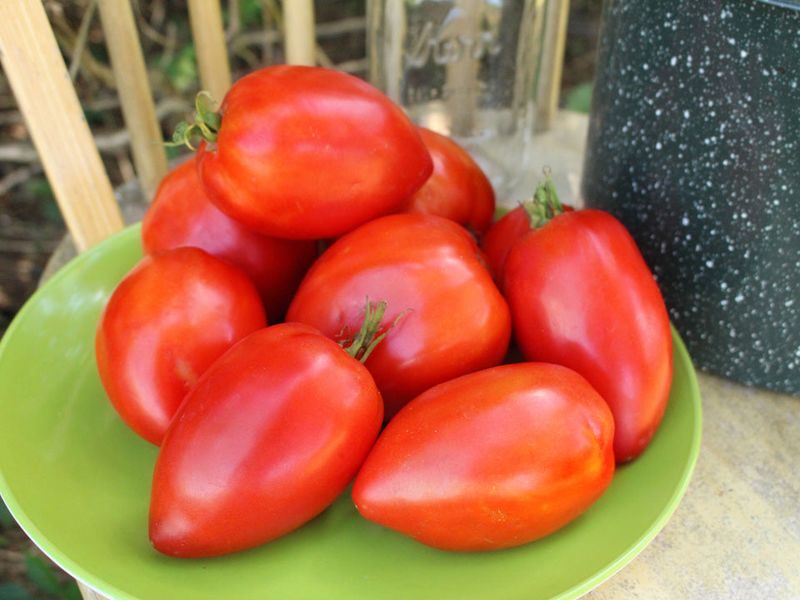
The Amish Paste Tomato is celebrated for its rich, meaty texture, perfect for sauces and pastes. What many don’t know is its connection to Italian immigrants who influenced Amish cuisine.
This tomato’s robustness has allowed it to thrive in various conditions, symbolizing resilience. Its taste is a harmony of sweetness and acidity, a balance achieved through careful cultivation. Recent research indicates its high lycopene content, promoting health and well-being.
Its journey from immigrant hands to Amish fields tells a story of cultural blending, enriching the culinary landscape.
Amish Butterprint Corn

Amish Butterprint Corn, famed for its creamy texture, stands as a testament to traditional farming. Its kernels, rich in flavor, are cherished in Amish kitchens.
This corn’s story is intertwined with that of Native Americans, who first cultivated it. The Amish adopted and perfected its growth, creating a variety that embodies community and connection. Studies highlight its nutritional value, offering essential vitamins and minerals.
As an icon of simplicity and sustenance, Amish Butterprint Corn continues to nourish both body and spirit, rooted deeply in American agricultural heritage.
Ground Cherry
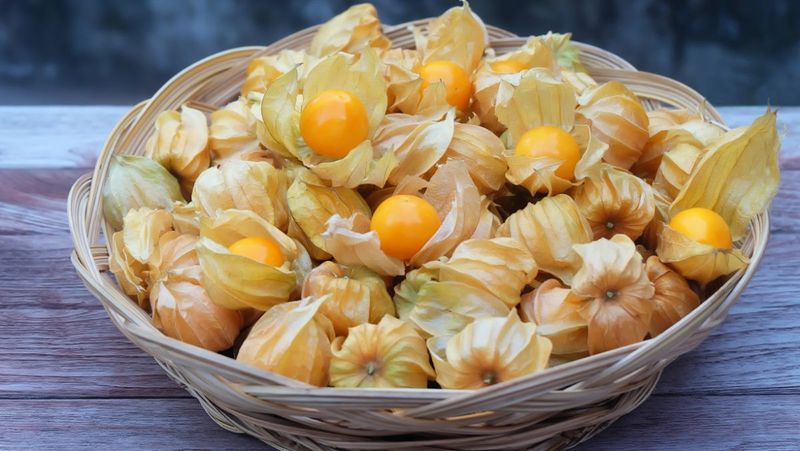
Ground cherries, wrapped in delicate husks, surprise many with their tropical, pineapple-like flavor. Tucked away in Amish gardens, they offer a sweet escape from the ordinary.
These small fruits have become a cherished snack, often used in desserts. Their adaptability to cooler climates highlights their versatility. New insights suggest they may have been first cultivated in Central America, adding a layer of historical intrigue.
For the Amish, ground cherries represent joy and novelty, a delightful treat that bridges cultural and culinary worlds with each juicy bite.
Amish Pie Squash
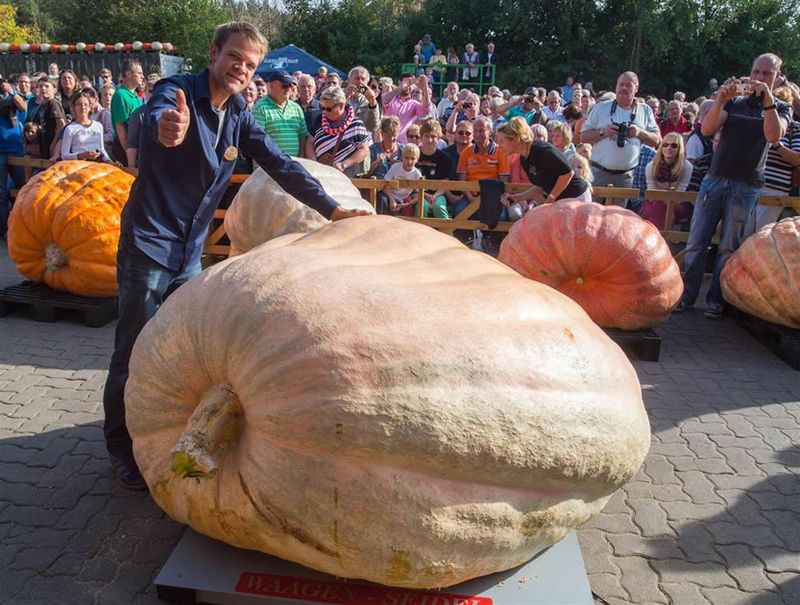
The Amish Pie Squash is a culinary delight, favored for its smooth, sweet flesh perfect for pies. What makes it unique is its size, often growing larger than traditional pumpkins.
This squash’s story begins with seeds passed down through generations, a symbol of family legacy. Its rich, creamy texture transforms simple dishes into decadent treats. New research celebrates its high beta-carotene content, promoting health benefits.
In Amish culture, the pie squash is more than an ingredient; it’s a tradition, creating connections through shared meals and cherished recipes.
Amish Knackwurst Cabbage
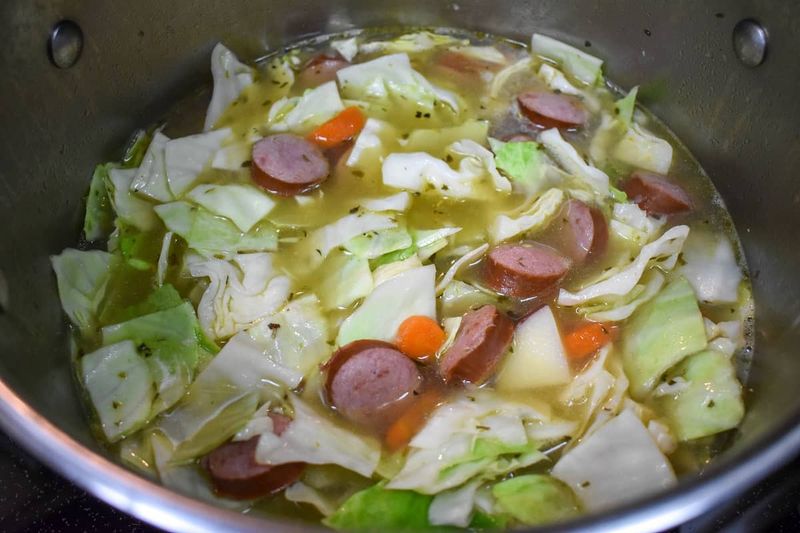
Amish Knackwurst Cabbage may sound peculiar, but its robust flavor is ideal for traditional dishes. This cabbage is known for its dense leaves and hearty nature, perfect for sauerkraut.
Its origin traces back to German settlers who brought seeds to America, blending cultures and tastes. The Amish embraced it, crafting recipes that have stood the test of time. Studies reveal its high vitamin C content, adding nutritional value.
More than just a vegetable, Knackwurst Cabbage is a link to the past, a testament to culinary evolution and cultural integration.
Amish Sugar Snap Melon
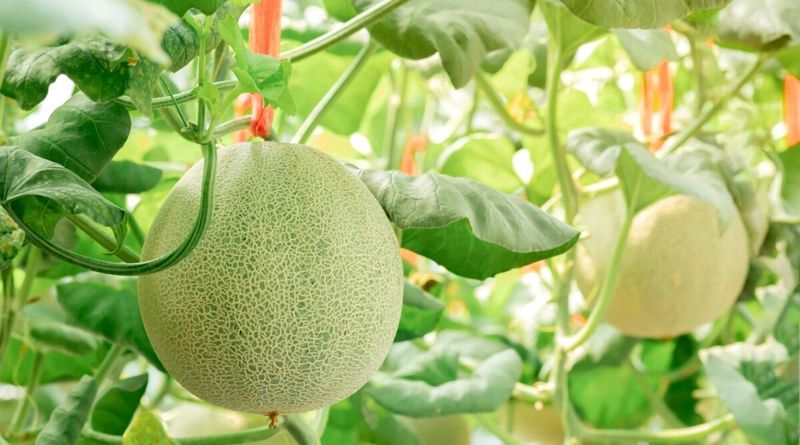
The Amish Sugar Snap Melon offers a sweet surprise with its honeyed flavor, reminiscent of summer. Unlike typical melons, its compact size makes it perfect for small gardens.
This variety was developed through meticulous selection, focusing on taste and adaptability. Its high sugar content and crisp texture set it apart. Recent findings highlight its potential in sustainable farming, thanks to its low water needs.
For the Amish, this melon is a celebration of nature’s bounty, a sweet reward for hard work and dedication to nurturing the land.
Amish Purple Pod Pole Bean

The Amish Purple Pod Pole Bean catches the eye with its striking color. Beyond its beauty, it offers a tender flavor, perfect for summer salads and stir-fries.
This bean’s history is rich, originating from heirloom varieties that have been preserved through Amish dedication. Its ability to grow vertically maximizes garden space, reflecting ingenuity. Research emphasizes its protein content, supporting a balanced diet.
A symbol of creativity and sustainability, the Purple Pod Pole Bean continues to inspire gardeners and chefs alike, with its vibrant hue and delightful taste.
Amish Celery
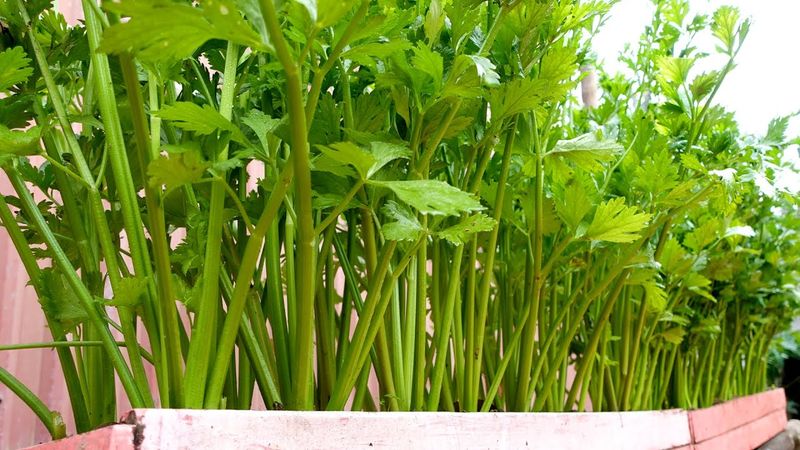
Amish Celery defies the ordinary with its rich, full-bodied flavor, far from the blandness often associated with celery. Grown in the fertile soils of Amish country, it develops a depth of taste that surprises many.
Its cultivation involves traditional methods that enhance its natural sweetness and crunch. Researchers have noted its high fiber content, contributing to digestive health. This celery isn’t just a side dish; it’s a star in soups and salads.
For those who taste it, Amish Celery redefines expectations, adding a flavorful twist to a classic vegetable.
Leave a comment